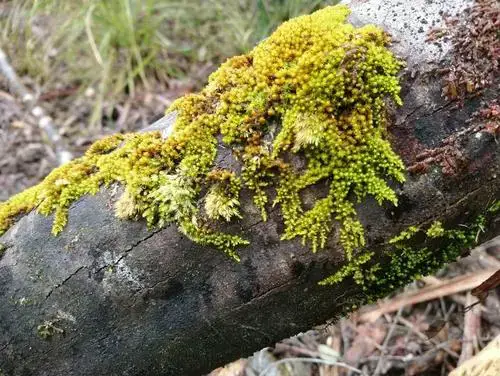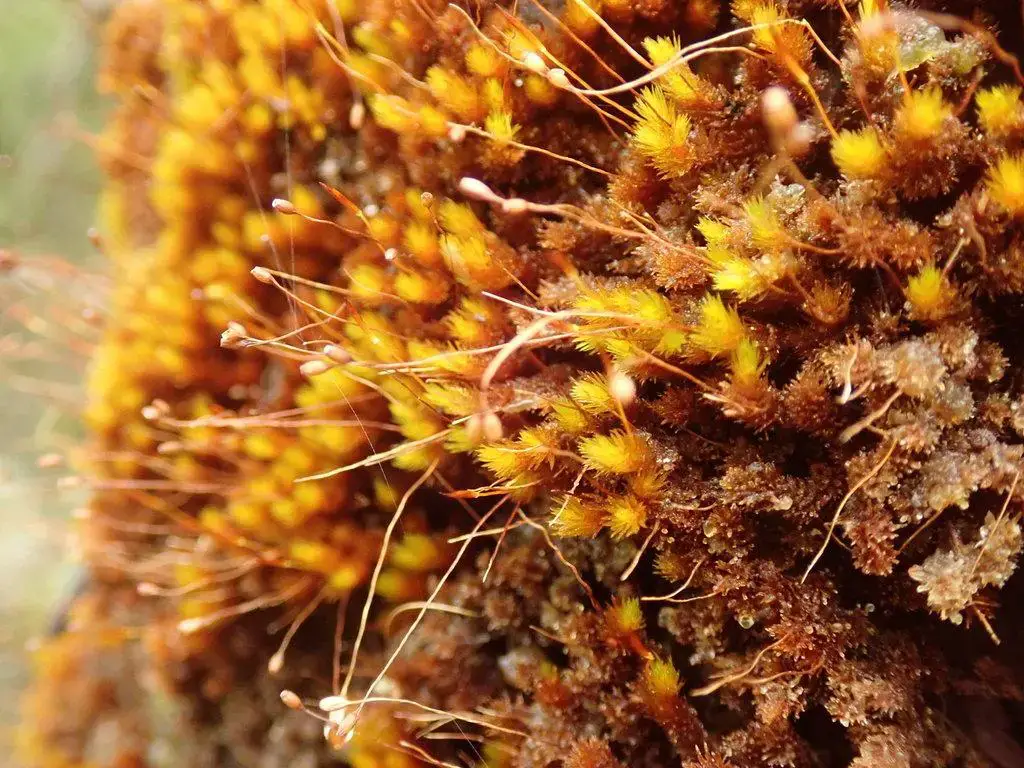
medium.jpeg from: https://www.inaturalist.org/taxa/165058-Macromitrium-richardii
Exploring the Fascinating World of Macromitrium astroideum Mitt. Moss

7784145522_253b5a9c35_b.jpg from: https://www.flickr.com/photos/imbala/7784145522
Introduction
Mosses are often overlooked, but they play crucial roles in ecosystems around the world. One particularly interesting species is Macromitrium astroideum Mitt., a moss in the Orthotrichaceae family. In this blog post, we’ll dive into the details of this fascinating plant, from its morphology to its ecological importance. Get ready to discover the hidden world of

50983187658_82bbf2e84f_b.jpg from: https://www.flickr.com/photos/47945928@N02/50983187658
Macromitrium!
Background
Macromitrium astroideum Mitt. is a species of moss classified in the Bryophyta division and Bryopsida class. The Orthotrichaceae is a large family of mosses found worldwide. Macromitrium is a genus known for its attractive appearance and ecological adaptations.
Morphology and Identification
M. astroideum forms dense cushions or tufts on tree bark or rocks. Its stems are creeping to ascending, often branched. The leaves are ovate-lanceolate, with acute to acuminate tips. Leaf margins are entire to slightly toothed near the apex. The leaf cells are rounded-quadrate in the upper part and elongate below.
One key identification feature is the star-shaped (astroid) appearance of the leaves when dry, which gives this species its name. Capsules are cylindrical and ribbed when dry, borne on short setae. Peristome teeth are in 8 pairs, reflexed when dry.
Global Distribution and Habitat

large.jpeg from: https://inaturalist.nz/observations/88236610

Macromitrium-prolong01l.jpg from: https://www.digital-museum.hiroshima-u.ac.jp/~museum/habit/moss_habit/Macromitrium prolongatum/Macromitrium_prolongatum.html
M. astroideum has a wide distribution in tropical and subtropical regions of the world, including:
- Central and South America
- Africa
- Asia
- Australia and Pacific Islands
This moss grows as an epiphyte on tree bark and branches in moist forests, from lowlands to montane elevations. It can also colonize rocks in sheltered, humid sites.
Ecological Roles and Adaptations
Like other mosses, M. astroideum plays important roles in its ecosystem:
- Moisture retention: The dense cushions hold water and help maintain humidity in the microenvironment.
- Substrate for other organisms: Many small invertebrates and microorganisms live among the moss stems and leaves.
- Nutrient cycling: Mosses trap organic debris and contribute to nutrient cycling in the forest.
M. astroideum has several adaptations for its epiphytic lifestyle:
- Desiccation tolerance: The leaves can curl up when dry to reduce water loss, then rehydrate quickly when moisture is available.
- Spore dispersal: The ribbed capsules help disperse spores by air currents when dry.
- Asexual reproduction: Like many mosses, M. astroideum can also spread vegetatively by stem fragmentation.
Conclusion
Macromitrium astroideum Mitt. is a prime example of the amazing diversity and adaptations of mosses. From its star-shaped leaves to its ecological roles, this species reminds us to appreciate the small but mighty plants all around us. Next time you’re in a tropical forest, take a closer look at the mossy branches – you might just spot some Macromitrium magic! What other secrets do you think the world of mosses holds?